Economics: Game of Goats
In this video I narrate a fictional story spanning 3 generations as to the emergence of wage slavery.
Patreon
https://www.patreon.com/ground....work_for_the_metaphy
Paypal
https://www.paypal.com/cgi-bin..../webscr?cmd=_s-xclic
Script
http://www.gftmom.com/portfoli....o-item/economics-gam
Imagine, then, that a small simple society, with five economic groups, lies in front of you.
In this little society there is neither currency nor money; commodities are directly exchanged, each one for every other one, separately. The people live on corn, potatoes, goats' meat and goats' milk. For each commodity there is only one group of producers. Group A produces corn; group B grows potatoes and makes machinery; group C consists of weavers; group D goat-herds; group E house-builders.
We will assume that group E, the builders, want to produce more elaborate houses which the other members of the society want to possess. We will assume that group B begins to invent more effective machinery for group A, the corn-growers, and group C, the weavers.
B, then is an inventive person. He perceives that A is using a primitive kind of plough which merely scratches the soil, so that some of the corn, having no depth, withers away. A's harvest is thus considerably less than it might be, and B proceeds to cut down a tree on his land and to produce out of it a new and more efficient plough.
Having made the plough B brings it to A and asks him if he would like to have it. The proposal pleases A, who likes the look of the plough. The two men come to an agreement about the exchange- value of the plough in terms of corn.
I take the plough first, but I shall assume too that B has also invented a new kind of loom, which C would like to possess. We will also consider the way in which A, B, or C might acquire one of the new houses E wishes to build.
Let us look at the method in which A and C can purchase the plough and the loom respectively. To appreciate its economic and psychological results we must study its effects over at least three generations.
Let us suppose that D, the goat-herd, has just had a few good seasons. Normally he uses his goats as commodities and exchanges them directly for corn, potatoes, and woven cloth. Now, having more goats than usual, he is able, if he wishes, to reduce the exchange- value of his goats. If he were to do so he would be sharing his good fortune with his fellow-citizens by giving them more milk and flesh in exchange for what they give him. But D does not do this. No. Instead, he conceives a plan which, it seems to him, will be helpful to A, B, and C, and profitable to himself. Hearing of the difficulties A and C are experiencing, he offers to let each of them have 100 goats with which to purchase the new machines. In exchange for these goats, he says, he does not want to receive an immediate supply of commodities; all he asks is that A and C should recompense him for the risk he runs and reimburse him for the loss he sustains.
When a man keeps goats, he says, he receives from them a regular supply of milk and kids; these kids grow up and yield more milk and kids, which in their turn produce more milk and kids, and so on. He will be pleased to help A and C by letting them have 100 goats each so that they can purchase the machines; but, until they can return the loan in full, each must send him a small annual supply of what they themselves produce to take place of what he would undoubtedly have if he kept the goats himself. He estimates this annual value at 20 goats for each 100 goats lent.
A and C are favorably impressed by the proposal, which, though new to them, opens up many attractive possibilities. They see no other way to obtain the machines, and they are grateful to D for his consideration. B expresses his readiness to accept 100 goats for the plough and 100 for the loom, and the business is done.
Let us examine each man's position.
0


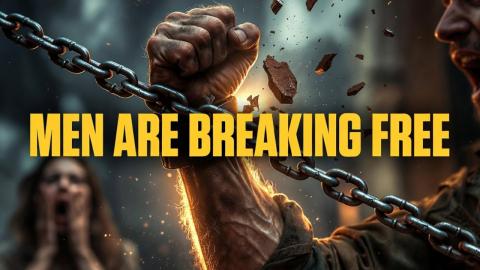
 Angry Guy
Angry Guy
 Styxhexenhammer666
Styxhexenhammer666
 Raging Golden Eagle
Raging Golden Eagle
 TheQuartering
TheQuartering
 RT
RT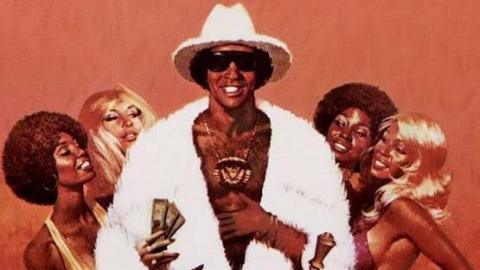
 Kinjin Mastermind
Kinjin Mastermind
 KEEPER
KEEPER

 Grims Dungeon Of Degeneracy
Grims Dungeon Of Degeneracy![Ep 3766b-This Is Not A Game, [DS] Wants Us Divided, Attacks Will Intensify, Patriots Are In Control](https://cdn.mgtow.tv/upload/photos/2025/11/25c626ac77358e1dc13108d59235c697d8a98d10V13l6Mi3RjMufwsYVsMP.video_thumb_high.jpg)
 X22 Report
X22 Report
 Stefan Molyneux
Stefan Molyneux
 Richie From Boston
Richie From Boston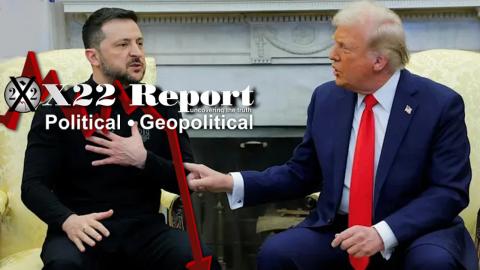
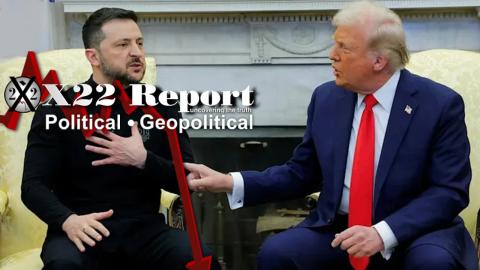

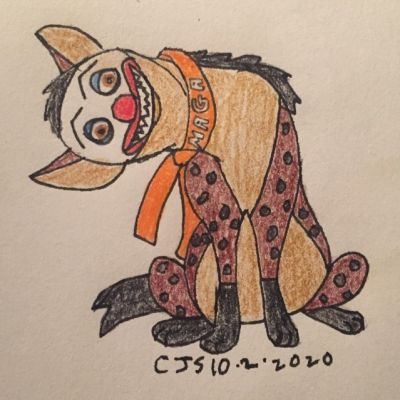 AgentofSocialMediaChaos
AgentofSocialMediaChaos
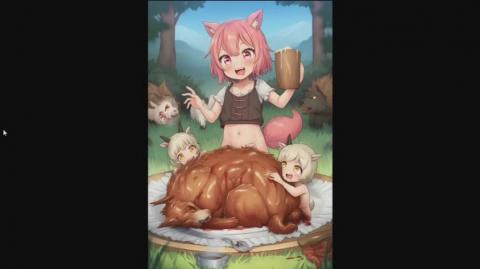






Log in to comment